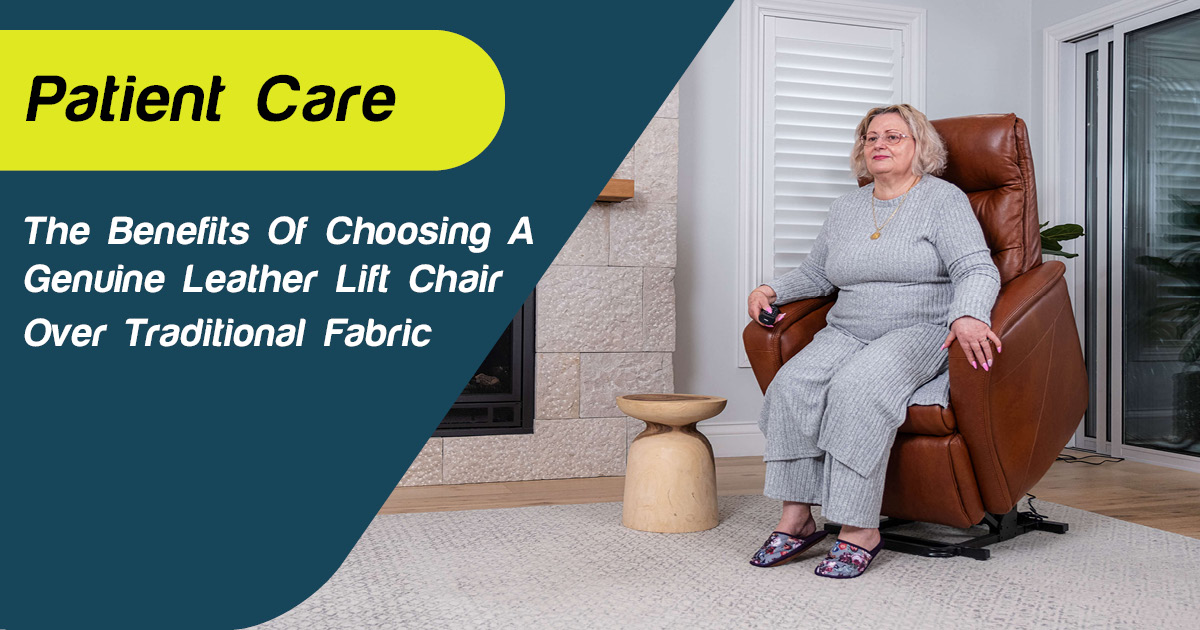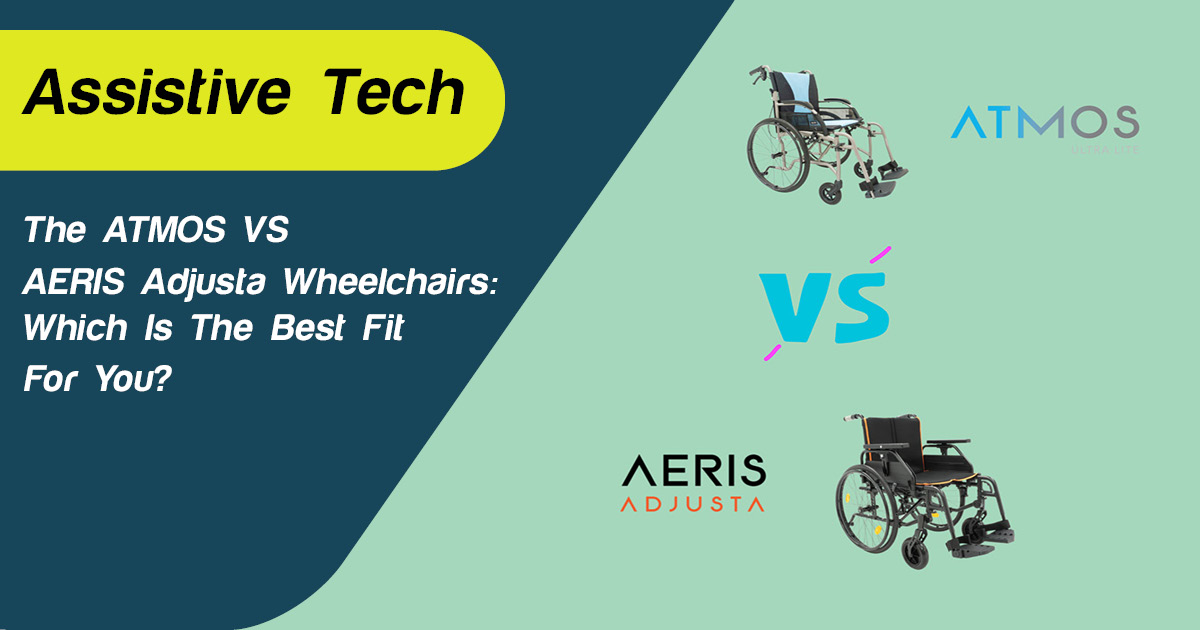
Share
Only around 1 in 10 Australians over the age of 50 do enough exercises to gain any cardiovascular benefits. Some estimates suggests that half of the physical decline that comes with ageing may be due to a lack of physical activity. Various studies have shown that it’s never too late to get fit as the human body responds to exercises regardless of age and there are many health benefits.
Without regular exercises people over the age of 50 can experience a range of health problems including:
- Reduced muscle mass, strength and physical endurance
- Reduced coordination and balance
- Reduced joint flexibility and mobility
- Reduced cardiovascular and respiratory function
- Reduced bone strength
- Increased body fat levels
- Increased blood pressure
Unfortunately many older people believe that exercising is no longer appropriate for their age. Some of the more common misconceptions include that:
- Older people are frail and physically weak
- The human body doesn’t need as much physical activity as it ages
- Older people may injure themselves while exercising
- Only vigorous and sustained exercise is of any use
However physical activities have many benefits for older people as not only will you feel better physically and emotionally, but it also:
- Helps control weight, blood pressure, cholesterol, diabetes and bones and joint problems such as arthritis
- Helps to manage pain and maintain and increase joint movement
So how much physical activity do you need? Adults that are aged 65 or over and are generally fit with no health conditions should try to exercise daily for at least 30 minutes of exercise of moderate intensity.
There are a number of ways to get active, however if you’re over 40, obese, suffer from a chronic illness or have not exercised for some time it would be best to see your doctor before you start a new exercise routine.
When choosing physical activities, choose those that you find interesting as you’re more likely to keep up those routines compared to those that you consider chores. Another suggestion would be to make exercising an enjoyable social occasion by inviting friends and exercising with them.
Try choosing exercises that are safe, easy and comfortable such as walking, swimming and cycling or, if you want to increase your muscle mass, weight training for simply 6 – 8 weeks can also be beneficial.
When you first do your exercises start off slowly and aim for small improvements, ideally you should have a training diary to keep track of your improvements and for added motivation. Check your pulse regularly to ensure that you haven’t overdone it plus drink plenty of water.
Hopefully some of these advices are useful for elderly people considering exercising. Active Mobility has a wide range of exercise therapy equipment including a digital pedal exerciser and a manual one. Purchase them today or call us on 02 9649 2111 and speak with our experienced sales consultants.









